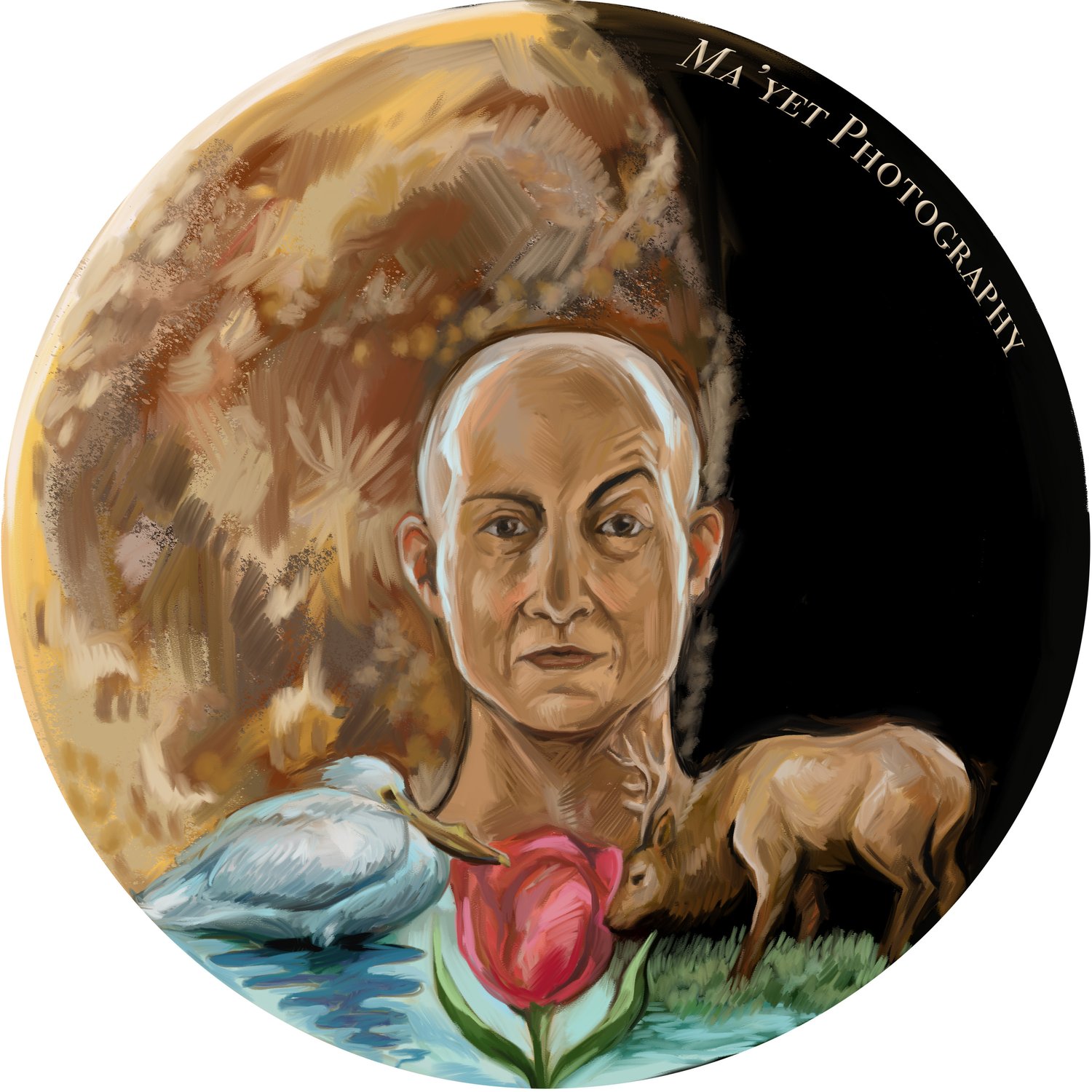 Image 1 of
Image 1 of


Experience the Ethereal Beauty of the Witch’s Broom Nebula
This breathtaking image captures the Witch’s Broom Nebula, the western edge of the expansive Veil Nebula, also known as NGC 6960.
Located in the constellation Cygnus, this supernova remnant is the aftermath of a massive exploding star that lit up Earth’s skies over 10,000 years ago, long before the dawn of recorded human history.
The vibrant tendrils of gas and dust in this deep-space view are the result of the supernova shockwave colliding with interstellar material, creating brilliant emissions of ionized hydrogen, oxygen, and sulfur.
The Veil Nebula is a favorite among astrophotographers for its delicate, filament-like structures and vivid coloration.
Often called the Witch’s Broom for its sweeping, ethereal appearance, NGC 6960 is part of one of the most beautiful and well-studied supernova remnants in the night sky, offering astronomers a stunning glimpse into the life cycle of stars and the forces that shape our galaxy.
This breathtaking image captures the Witch’s Broom Nebula, the western edge of the expansive Veil Nebula, also known as NGC 6960.
Located in the constellation Cygnus, this supernova remnant is the aftermath of a massive exploding star that lit up Earth’s skies over 10,000 years ago, long before the dawn of recorded human history.
The vibrant tendrils of gas and dust in this deep-space view are the result of the supernova shockwave colliding with interstellar material, creating brilliant emissions of ionized hydrogen, oxygen, and sulfur.
The Veil Nebula is a favorite among astrophotographers for its delicate, filament-like structures and vivid coloration.
Often called the Witch’s Broom for its sweeping, ethereal appearance, NGC 6960 is part of one of the most beautiful and well-studied supernova remnants in the night sky, offering astronomers a stunning glimpse into the life cycle of stars and the forces that shape our galaxy.
This breathtaking image captures the Witch’s Broom Nebula, the western edge of the expansive Veil Nebula, also known as NGC 6960.
Located in the constellation Cygnus, this supernova remnant is the aftermath of a massive exploding star that lit up Earth’s skies over 10,000 years ago, long before the dawn of recorded human history.
The vibrant tendrils of gas and dust in this deep-space view are the result of the supernova shockwave colliding with interstellar material, creating brilliant emissions of ionized hydrogen, oxygen, and sulfur.
The Veil Nebula is a favorite among astrophotographers for its delicate, filament-like structures and vivid coloration.
Often called the Witch’s Broom for its sweeping, ethereal appearance, NGC 6960 is part of one of the most beautiful and well-studied supernova remnants in the night sky, offering astronomers a stunning glimpse into the life cycle of stars and the forces that shape our galaxy.
